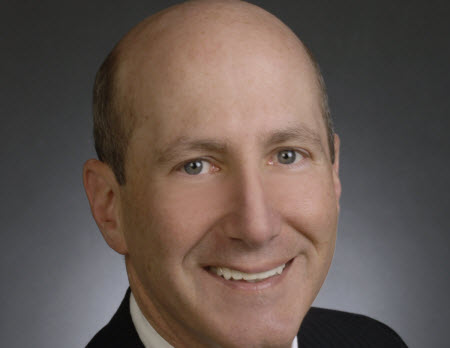Cox's Andrew Albert: Engineers on Board

Related >Making the Right Moves: Distributors Strategize in a New Era of Programming
Cox Communications senior vice president of programming Andy Albert remembers the days when content negotiations meant hammering out a few deals for linear cable networks before heading onto the next one. He also knows that those days are over.
Negotiating programming deals for Cox, which has about 4 million video customers in markets as diverse as Las Vegas; San Diego; Phoenix, Ariz.; and Hampton Roads, Va., has become a much more complicated endeavor, encompassing digital and mobile rights issues, TV everywhere and traditional linear pricing.
That has meant a need to add more expertise to the mix and bring more people to the negotiating table. Albert estimated that his team has grown to about nine people during programming deal talks, instead of the one or two that used to sit on his side of the table.
“We’ve always had the engineers in the background,” Albert said. “Over the past few years, we’ve moved that team a little more to the foreground. Even on our team, we used a guy named Mark Gathen out of our product group a lot. He was responsible at Cox getting TV everywhere launched. We were using him on a lot of our deals and realized we were using him so much, we might as well just bring him into our group.”
Related >Verizon's Ben Grad: Giving the People What They Want
Albert’s core team consists of three vice presidents of content acquisition: Suzanne Fenwick, who is the primary cable negotiator; Gathen on digital rights; and Chris Tygh, who leads retransmission-consent negotiations.
Multichannel Newsletter
The smarter way to stay on top of the multichannel video marketplace. Sign up below.
Albert said that while the types of programming distribution have changed and expanded — Cox cable customers can now watch content on their TVs, tablets, computers and phones both inside and outside the home — along with customer expectations, negotiations usually boil down to a simple factor: price.
“Customers are very loud,” Albert said. “They don’t want to pay for stuff. It’s very clear when you ask them; they don’t want to pay what the programmers are asking.”
Related >Mediacom's Italia Commisso Weinand: Tough but Fair
That has been the clarion call of practically every pay TV distributor for the past few years, but with the continued emergence of over-the-top players, subscription video-on-demand services and skinny bundles, the dynamic may be changing. Cable operators, which have lost millions of subscribers in the past decade, are reducing those losses, winning back subscribers with superior broadband service and, in some cases, gaining leverage with programmers.
“Forced bundling is still a big problem in our industry,” Albert said. “I’d love to see programmers and distributors come together and try to figure out solutions to that.”
Programmers already are starting to loosen what had been in the past unbreakable bundles of networks, with several providers licensing a handful of their networks to services like Sling TV, Dish Network’s 50-channel Flex Pack and Verizon’s Fios Custom TV package without requiring full carriage of all their channels.
“You see the things like Sling, like the Dish packaging, Verizon’s packaging; is that a step in the right direction? Possibly,” Albert said. “The question is, what flexibility do those companies have to continue selling and marketing that content in that way? I don’t know the answer to that, but I think we’ll find out sooner or later.”
